Aluminum’s journey from rarity to industrial staple is a testament to innovation. Though abundant, it remained obscure until the Bayer and Hall-Héroult processes made extraction feasible in the late 1800s. This breakthrough spurred its widespread adoption in the 20th century, leading to the development of a variety of shapes such as beams, rods, and extruded profiles. These versatile aluminum shapes now play a crucial role in industries from aviation to construction, showcasing the metal’s unique properties and industrial significance. This article explores the evolution and significance of these aluminum shapes in modern industry.
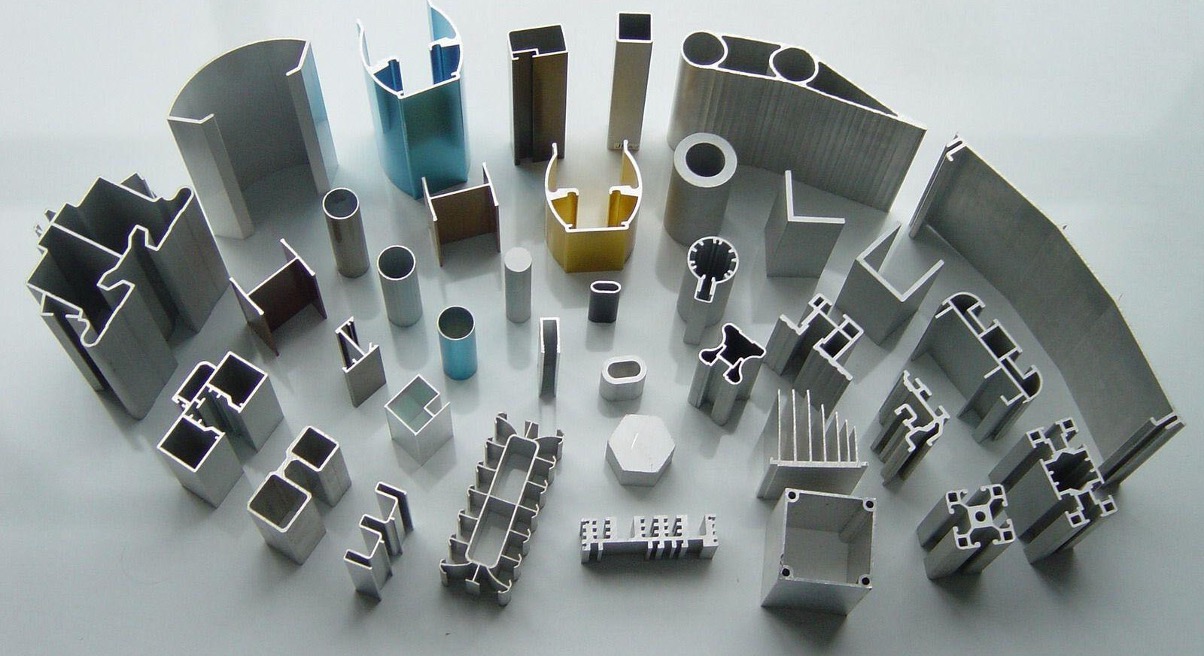
Aluminum is celebrated for its unique blend of lightness and strength. It weighs roughly a third of what steel or copper does, offering significant weight savings, which is particularly advantageous in transportation industries where reduced weight translates to energy efficiency. Additionally, aluminum has excellent corrosion resistance, thanks to a natural protective barrier that forms when exposed to air, making it ideal for outdoor and marine applications.
Its malleability and ductility allow aluminum to be easily shaped into various forms, ranging from thin foils to complex extruded profiles. This versatility in forming diverse shapes, along with its other inherent properties, makes aluminum a preferred material for numerous applications. The wide range of aluminum shapes available today is a direct result of these remarkable characteristics.
Aluminum’s malleability allows it to be hammered or rolled into thin sheets without breaking, producing aluminum sheets and foils. These sheets are adaptable for shaping into various forms, which makes them well-suited for applications like packaging, automotive body panels, and household foils. On the other hand, aluminum’s ductility enables it to be drawn into wires or extruded into a wide array of complex profiles. This characteristic offers industries a wide variety of aluminum shapes, including tubes, rods, and custom extrusions.
Aluminum’s corrosion resistance ensures that it maintains both its appearance and structural integrity over time, even in harsh environments. This quality is especially crucial for outdoor applications, which is why many architectural shapes like beams, channels, and angles are made from aluminum. The metal forms a natural protective oxide layer that shields it from further corrosion, reducing maintenance requirements. As a result, industries have developed a wide range of aluminum shapes designed to withstand environmental stress, ensuring the longevity of structural aluminum shapes and components.
Aluminum’s outstanding strength-to-weight ratio is one of its key advantages. Its combination of lightness and strength makes it ideal for applications where reducing weight is critical. This is particularly evident in the transportation sector, where aluminum shapes such as tubes and plates help reduce vehicle weight, thereby enhancing fuel efficiency. In construction, aluminum’s light weight facilitates easier material handling, accelerates construction timelines, and lowers structural burdens. As a result, many prefabricated structures favor aluminum shapes for their efficiency and practical benefits.
Aluminum is an excellent conductor of electricity, often comparable to copper in certain applications but with a significantly lighter weight. This has led to the development of specific aluminum shapes for electrical applications, such as wires and busbars. Additionally, aluminum’s efficiency in heat dissipation makes it a preferred material for electronic heat sinks. Its combination of heat resistance and conductivity has driven industries to create aluminum shapes specifically designed for cooling solutions and electrical systems.
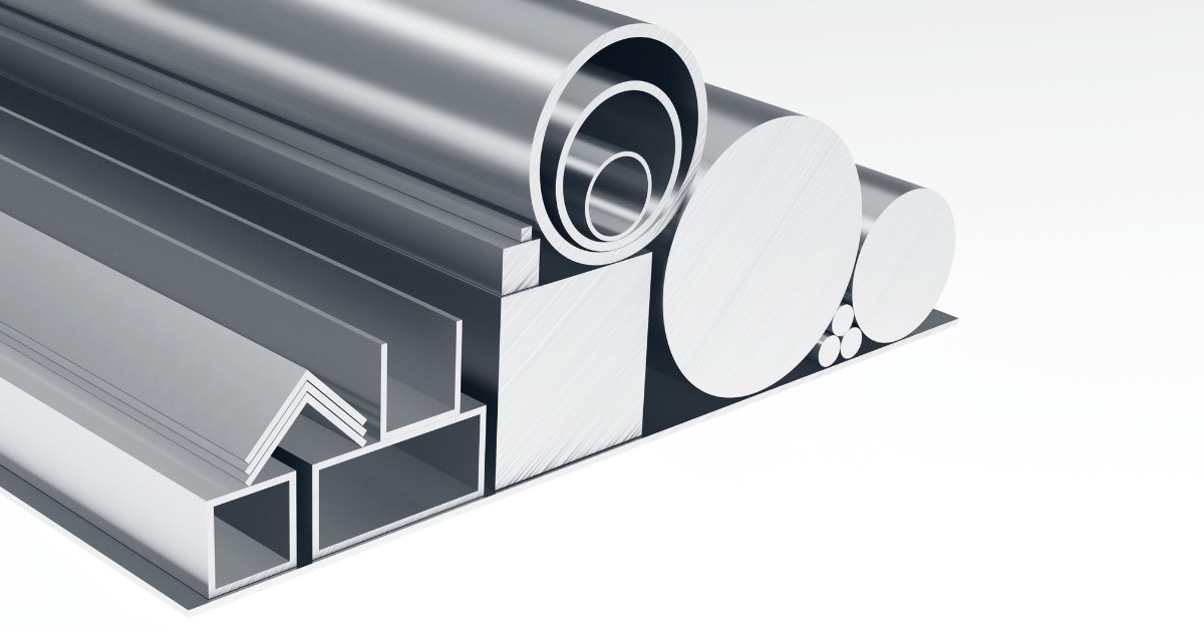
6061 is a highly popular aluminum alloy known for its excellent corrosion resistance and strong mechanical properties, thanks to its magnesium and silicon composition. This alloy is easily extruded or forged into a variety of shapes, including angles, channels, and tubes. These shapes are extensively used in construction, automotive, and marine applications due to their good formability and weldability. Additionally, 6061 aluminum shapes are commonly found in bicycle frames and aircraft structures, showcasing their versatility across diverse industries.
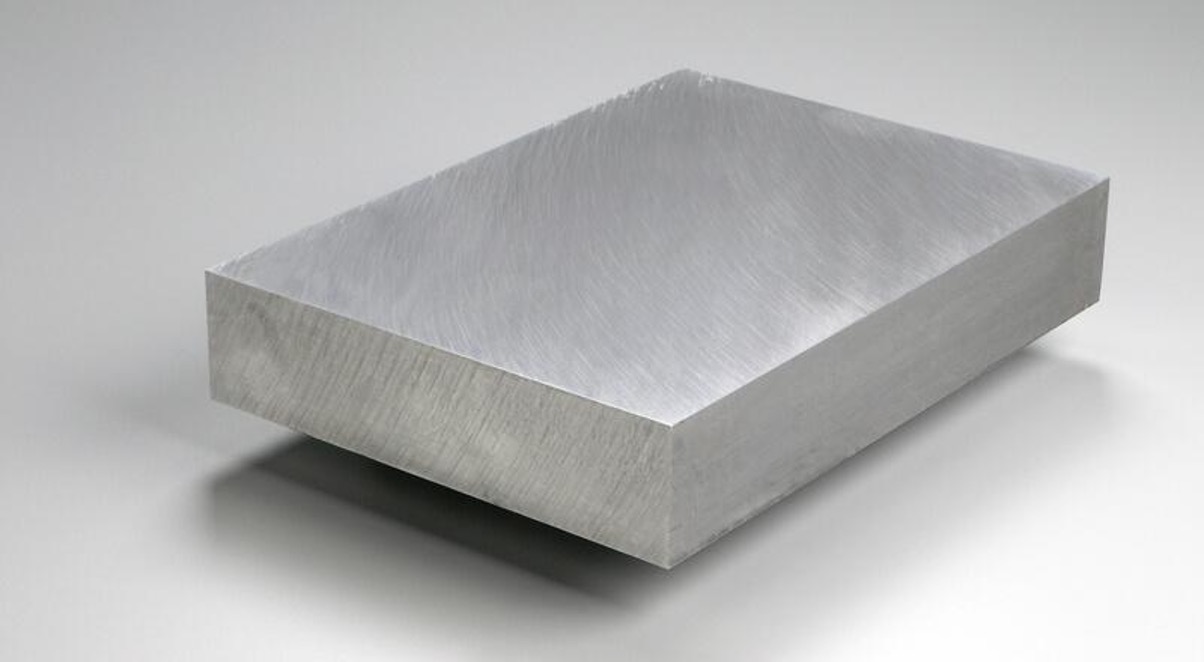
7075 aluminum is distinguished by its high strength, which rivals that of many steels, thanks to its zinc content. This exceptional strength makes 7075 alloy shapes ideal for demanding applications, particularly in the aerospace industry. Aircraft frames and gears frequently use 7075 extrusions or plates due to their robustness. However, the increased strength of this alloy comes at the cost of reduced workability, so industries opt for 7075 shapes in situations where strength is prioritized over ease of shaping or welding.
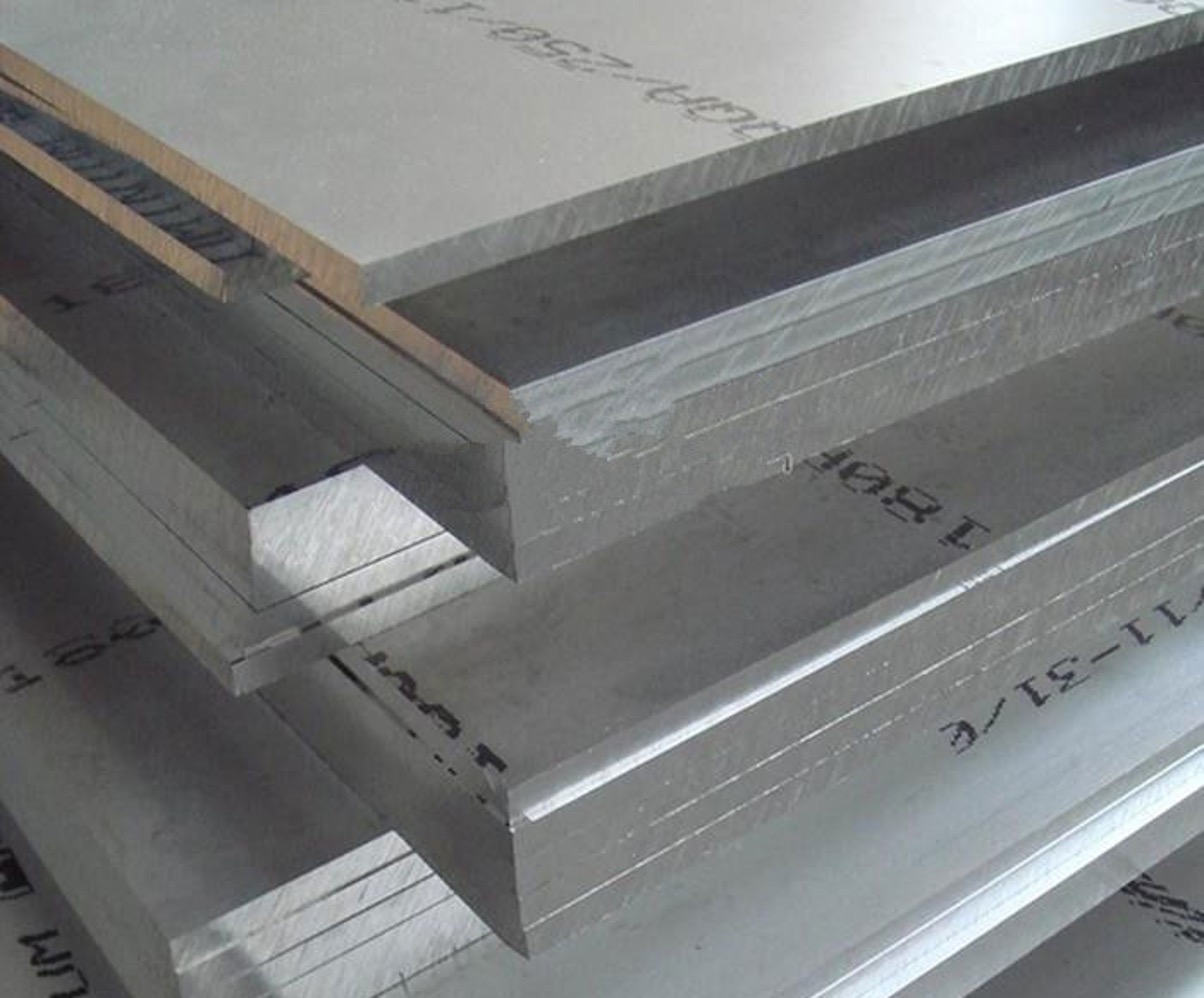
5052 aluminum is well-known for its exceptional corrosion resistance, especially in marine settings. This resilience makes it a popular choice for boat hulls, marine hardware, and tank construction when shaped into sheets. The 5052 alloy is also highly formable and weldable, with good strength, making it suitable for general sheet metal work and electronic chassis applications.
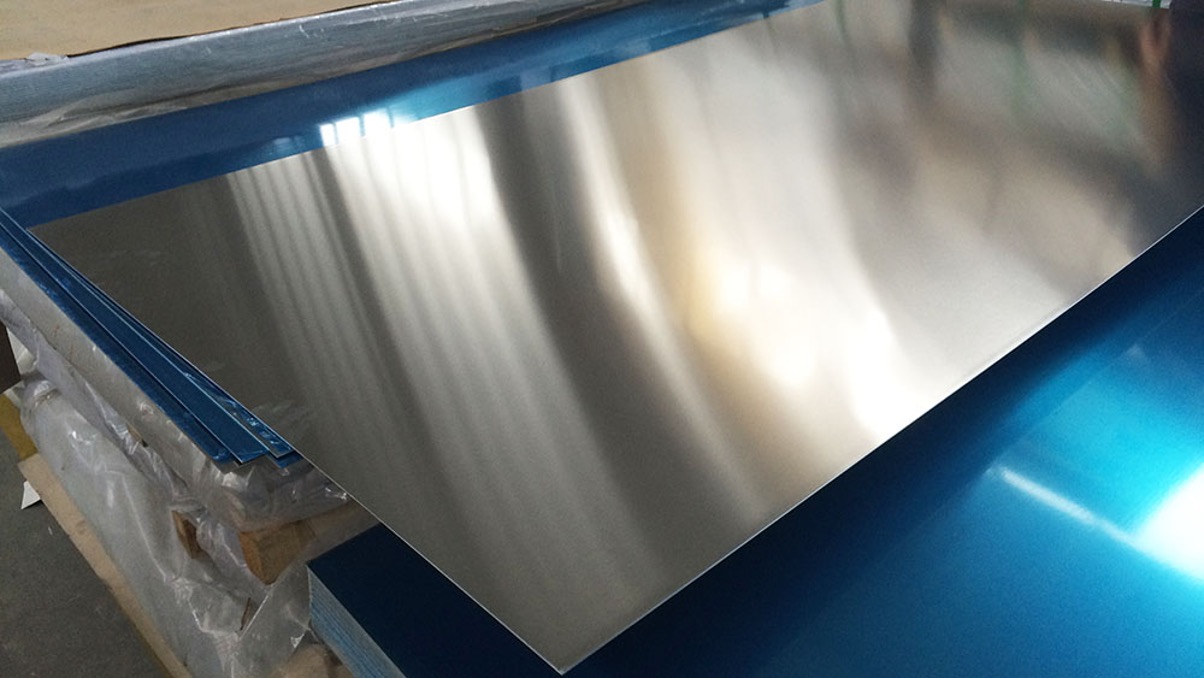
2024 aluminum is a copper-alloyed alloy prized for its high strength-to-weight ratio and excellent fatigue resistance. These properties make shapes crafted from this alloy crucial in aerospace applications, including aircraft structures and rivets. While 2024 aluminum lacks the corrosion resistance of some other alloys, industries frequently apply protective coatings to enhance its durability. Its superior mechanical attributes ensure that it is often selected for critical load-bearing structures where strength and reliability are paramount.
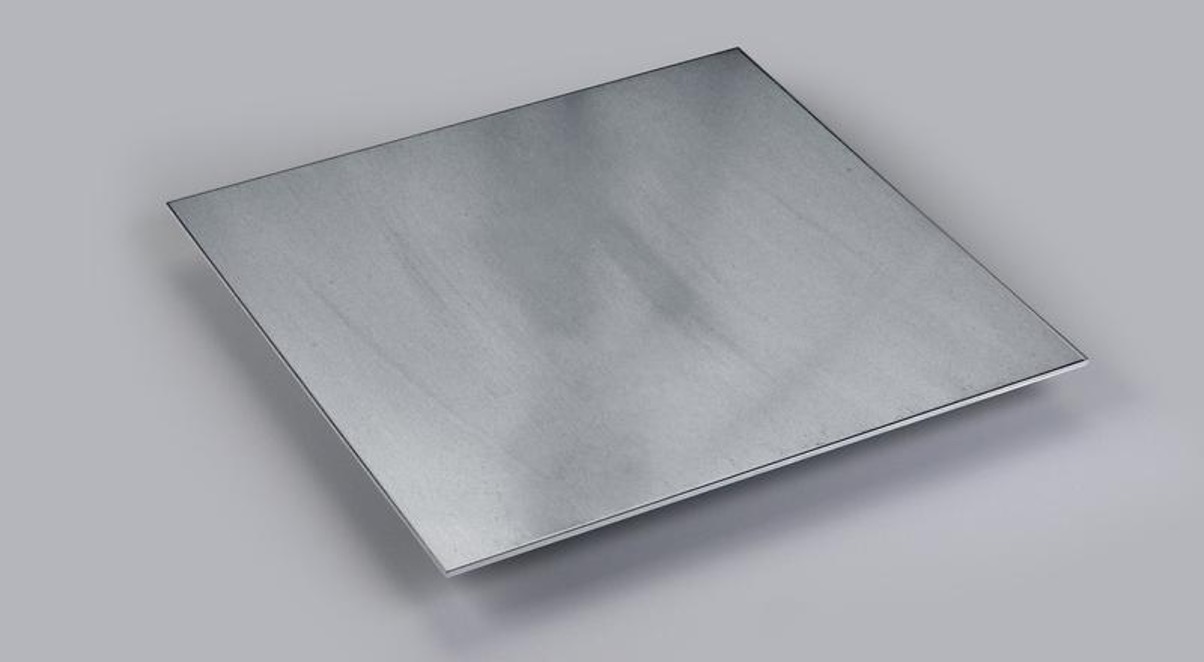
1100 aluminum is categorized as commercially pure with a purity of 99%. It is highly regarded for its outstanding ductility, formability, and corrosion resistance. Shapes derived from 1100 aluminum are predominantly employed in applications that prioritize superior corrosion resistance and electrical conductivity. Commonly found shapes include sheets and foils used in packaging, as well as components in heat exchangers and chemical equipment. Due to its softness relative to other alloys, 1100 aluminum shapes are best suited for applications where high strength is not a primary requirement.
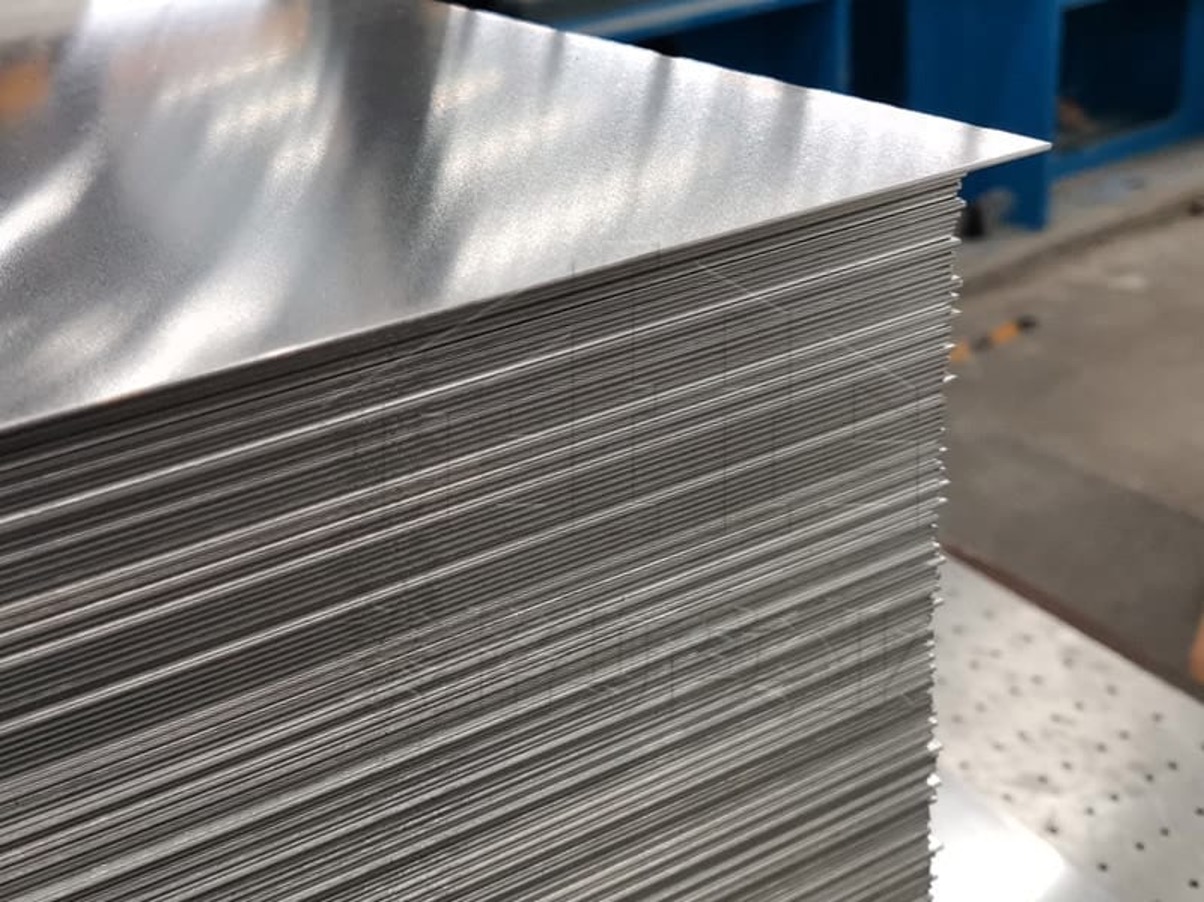
Sheets and plates are flat, rectangular aluminum products primarily differentiated by their thickness. Sheets are generally thinner, often measuring less than 6mm, whereas plates are characterized by their greater thickness. They can be manufactured in various alloys, each offering specific properties tailored to different applications. Their flat surface makes them ideal for tasks requiring extensive surface area or subsequent processing such as bending or cutting.
Applications
Aluminum sheets and plates are versatile materials used across a wide range of industries. Sheets are commonly employed in sectors needing lightweight, flat surfaces, such as automotive (for body panels) and construction (for cladding). They are also prevalent in household goods like appliances and cookware. Plates, due to their thicker profiles, are used in heavier-duty applications. These include aerospace (for aircraft skins), marine (for boat hulls), and transportation (for freight truck beds).
Rods and bars are elongated aluminum products differing in cross-sectional geometry. Rods are typically round, while bars can feature profiles such as rectangular, square, hexagonal, or flat. These shapes are imbued with specific mechanical properties through the production process and chosen alloy, rendering them versatile for a wide array of applications. Their solid, elongated form makes them ideal for uses requiring strength along their length, and they can be readily machined or formed to precise specifications.
Applications
Aluminum rods and bars find extensive application across diverse industries. Rods, with their round cross-section, are commonly used in machinery as shafts or pivot points, and in construction as bracing elements or support rods. Bars, with their varied profiles, are employed in structural aluminum shapes applications, window and door frames, as well as trim or edging in furniture and architectural designs.
Tubes and pipes are cylindrical aluminum products known for their hollow center. Though similar in appearance, they are differentiated by how their sizes are measured: tubes by their outer diameter and pipes by their inner diameter or nominal size with standardized wall thicknesses. This hollow construction gives tubes and pipes a unique blend of strength, flexibility, and reduced weight, making them highly sought-after for various applications.
Applications
Aluminum tubes and pipes find extensive use across a wide range of industries. Tubes, noted for their strength-to-weight ratio, are utilized as structural components in applications such as tents, bicycles, and aerospace frameworks. They also function as conduits in electrical installations. Pipes, valued for aluminum’s corrosion resistance, are widely used in fluid transfer systems like plumbing and HVAC.
Beams are elongated aluminum products characterized by their specific cross-sectional profiles designed to bear substantial loads. The most common shapes include ‘I’ or ‘H’ profiles, with variations such as ‘U’ (channel beams) or ‘T’ (tee beams). This distinctive profile optimizes the distribution of material, allowing the beam to efficiently handle significant weight and stress while remaining lightweight. The flanges (horizontal sections) and web (vertical section) of the beam collaborate to withstand bending and shear forces.
Applications
Aluminum beams are integral to construction and architectural projects, offering vital structural support in buildings, bridges, and platforms. Their combination of strength and lightweight nature makes them ideal for applications where weight reduction is critical, such as aerospace structures and transport systems like trains or buses. Furthermore, beams serve as essential components in shipbuilding, cranes, and large machinery, prioritizing robustness and durability.
Angles are aluminum products distinguished by their L-shaped cross-section, providing strength in both directions. They vary in leg length, thickness, and the angle between the legs, typically set at 90 degrees. This versatile shape enables angles to be easily cut, machined, or welded to fit a wide variety of applications.
Applications
Aluminum angles are widely used in construction and fabrication. They serve as supportive braces, framing components, and corner reinforcements in structures ranging from buildings to furniture. Their L-shape offers stability, making them ideal for shelving supports, door or window frames, and decorative trim in architectural designs.
Channels are U-shaped (or sometimes C-shaped) aluminum extrusions characterized by a base or web with two perpendicular flanges extending from its sides. These aluminum channel shapes vary in depth, flange width, and wall thickness, providing high resistance to bending in one direction, a crucial feature for many applications.
Applications
Aluminum channels are widely used in construction, where they serve as runners or tracks in wall systems, flooring, or ceilings. Their structural design makes them ideal for supporting frameworks and as conduits for cables and piping. Channels are also essential in machinery, automotive applications, and marine settings for framing and structural purposes. Additionally, they find use as rails or guides in conveyor systems and storage solutions. The versatility of aluminum channels highlights their ability to meet diverse industry needs efficiently.
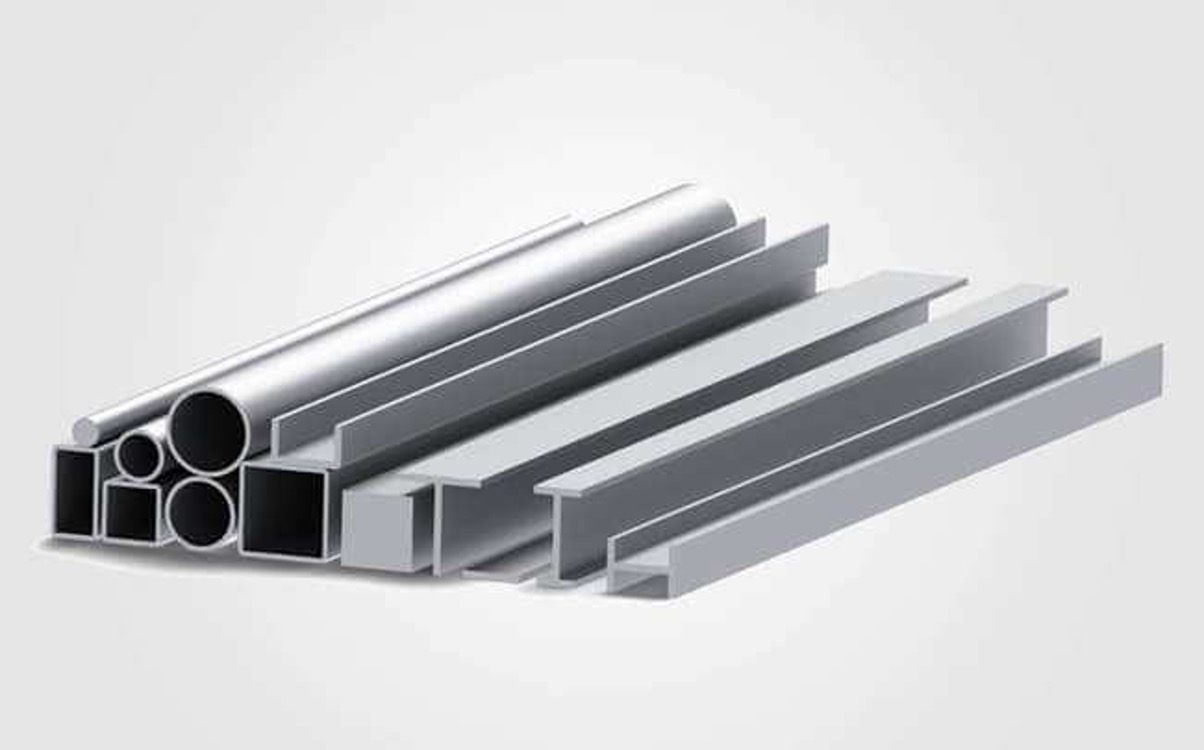
Extruded shapes are created by pushing or drawing aluminum billets through a shaped die, producing a continuous length of material with the desired cross-sectional profile. This method enables the production of complex and intricate shapes that go beyond standard aluminum shapes like rods or tubes. The efficiency and flexibility of the extrusion process ensure precise, consistent dimensions and surface finishes that may be difficult to achieve using alternative methods.
Applications
Extruded aluminum shapes are integral to nearly every industry. In the automotive sector, they are utilized for components such as heat sinks, chassis, and trim pieces. Architecturally, extruded shapes are prevalent as window and door frames, railing systems, and modular building components. In electronics, intricately extruded profiles serve as housing for LEDs or components in computer hardware. The aerospace industry relies on extruded shapes for structural elements in aircraft.
Tread plates, often called diamond or checker plates, are flat aluminum sheets featuring a raised pattern on one side. This pattern, often featuring diamonds or raised lines, improves grip and reduces slipperiness. Beyond its functional benefits, the design can also lend a distinctive rugged appearance to the plate.
Applications
Tread plates find extensive use in environments where slip resistance is essential. They are commonly employed as flooring in industrial areas, stair treads, ramps, and walkways. Due to their enhanced grip, tread plates are also favored for vehicle flooring, including truck beds, trailers, and footplates on heavy machinery. Additionally, they serve decorative purposes, adding an industrial design element to furniture, walls, or retail displays.
Perforated sheets are flat aluminum sheets punctured with a specific pattern of holes, slots, or other designs, offering a blend of visual appeal and functionality. The perforations vary in size, shape, and arrangement, providing options for transparency, airflow control, and acoustic properties.
Applications
Perforated sheets are widely utilized due to their unique blend of aesthetics and functionality. In architecture and construction, they are used for sunscreens, ceiling panels, and decorative wall facades, allowing controlled light and airflow. In the automotive and aerospace industries, they contribute to filtration systems and serve as acoustic dampeners. Additionally, perforated sheets are utilized in appliances as vent covers, in electronics as speaker grills, and in agriculture as screens or guards.
Wire mesh consists of a grid-like arrangement formed by weaving or welding individual aluminum wires together. The intersections can vary depending on the intended use, with the wires’ size, spacing, and configuration tailored to create meshes with diverse densities, strengths, and transparencies. Aluminum wire mesh is prized for its lightweight properties, corrosion resistance, and flexibility.
Applications
Aluminum wire mesh serves a wide range of functions across various industries. It functions as a protective screen for windows or vents in construction and architecture, providing a barrier against pests or debris while allowing airflow. It is also commonly used as fencing material or as protective guards for machinery. In arts and crafts, aluminum wire mesh offers a malleable medium for creating sculptures or decorative elements. In industrial settings, it serves as a filter in automotive and manufacturing applications, effectively separating particles from liquids or gasses.
Honeycomb panels are composed of a honeycomb-shaped cellular core sandwiched between two flat aluminum sheets. This configuration gives the panel a high strength-to-weight ratio. The honeycomb core, designed to mimic natural honeycombs, provides exceptional rigidity and compression properties while keeping the panel lightweight. When bonded to the outer sheets, the result is a robust and versatile panel.
Applications
Because of their strength, durability, and lightweight characteristics, honeycomb panels find extensive use across various industries. In aerospace, they are integral to aircraft structures such as wings, fuselages, and flooring. In construction, these panels are employed to create lightweight, rigid wall panels, ceilings, and partitions. They also serve as structural components in transportation systems, including trains and buses. Additionally, their uniform and sleek appearance makes them suitable for architectural facades and decorative installations.

Extrusion involves forcing heated aluminum through a shaped die to enhance its malleability. This process results in a continuous length of aluminum with the desired profile, ranging from simple rods to intricate custom shapes, tailored to meet diverse industrial requirements.
Rolling is a process in which aluminum is fed between two rotating rolls to achieve the desired thickness. As the aluminum passes through the rolls, it thins out and elongates. This method, which can be conducted either hot or cold, is primarily utilized to manufacture uniform sheets and plates.
Drawing involves pulling aluminum through a die to reduce its diameter and increase its length. While similar to extrusion, drawing primarily focuses on producing long, consistent forms such as wires or tubes. This process is essential for creating precise dimensions and maintaining uniformity in aluminum products used across various industries.
Casting entails the introduction of molten aluminum into a mold, where it cools and solidifies to adopt the precise shape of the mold cavity. Various casting techniques, including die casting and sand casting, provide different levels of precision and surface finishes, making them suitable for creating intricate or unique aluminum components. This method is widely used in manufacturing to produce a wide range of aluminum parts and products across various industries.
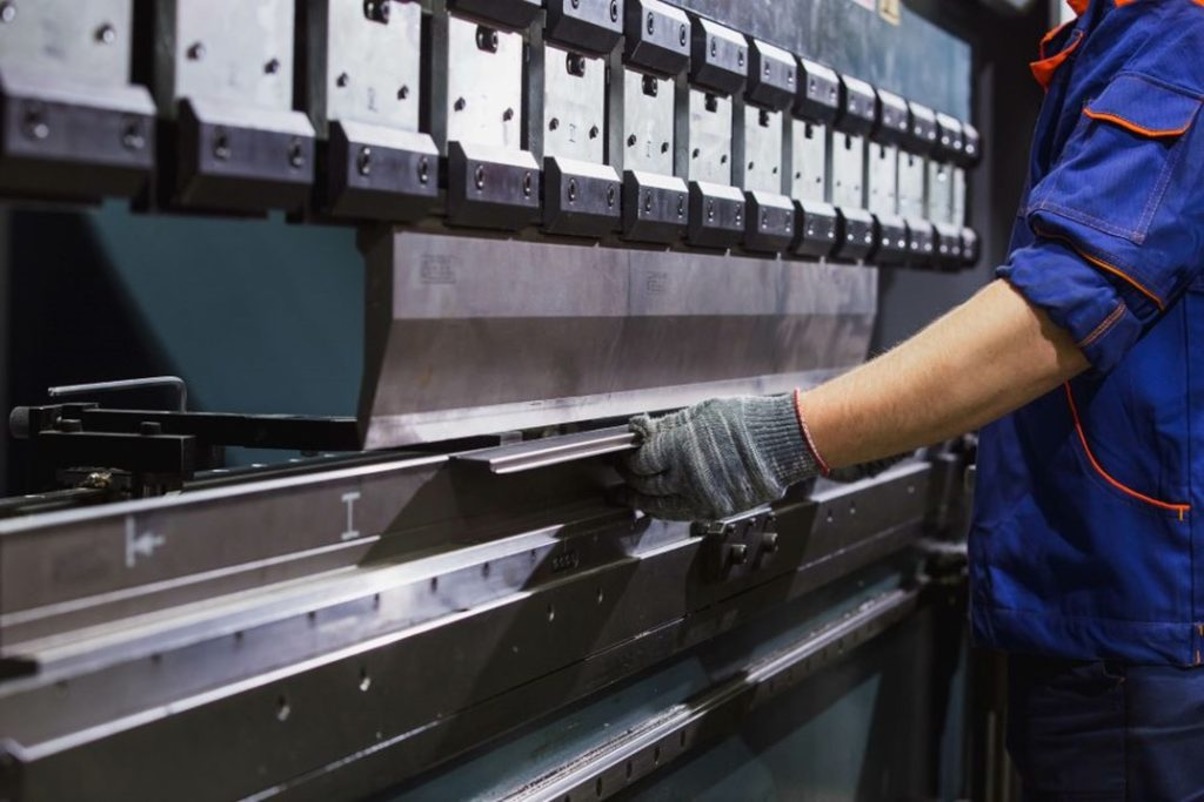
The selection of an appropriate aluminum shape is significantly influenced by the nature and specific demands of the project. Each project has unique requirements; for example, architectural endeavors may prioritize both aesthetic appeal and structural integrity, necessitating aluminum shapes that offer visual appeal alongside functionality. Conversely, in machinery or equipment design, the emphasis may be on precise fitment into designated spaces or seamless integration with other components, prompting the selection of specific extruded profiles or custom shapes. Assessing the precise requirements of the project is crucial to ensuring the chosen aluminum shape perfectly meets its intended application.
Weight plays a critical role in numerous projects, particularly within sectors such as transportation and aerospace. In these industries, even minor increments can significantly affect fuel efficiency, maneuverability, and overall performance. Therefore, choosing aluminum shapes that maximize strength while minimizing weight is essential. For example, hollow shapes such as tubes are often favored over solid options like rods, delivering necessary strength without unnecessary weight. Adhering to weight constraints ensures projects achieve greater efficiency, effectiveness, and sustainability.
The durability requirements of an aluminum shape are determined by the expected lifespan and the environmental conditions it will encounter. In environments prone to high corrosion, such as marine or industrial settings, selecting an alloy and shape renowned for corrosion resistance is crucial. Likewise, projects subjected to high stress or frequent loading and unloading can benefit from shapes engineered to withstand fatigue. Assessing long-term durability ensures that the chosen aluminum shape maintains performance integrity over its lifecycle, regardless of environmental challenges.
Budget constraints and cost-effectiveness are pivotal factors in nearly every project decision, including the selection of the appropriate aluminum shape. While aluminum presents numerous advantages, certain shapes or alloys may come at a higher cost. For example, custom extrusions or specialized alloys typically incur greater expenses compared to standard shapes. Furthermore, the manufacturing processes involved, such as casting or rolling, can impact overall pricing. Striking a balance between the project’s financial limitations and the benefits provided by a specific aluminum shape requires careful consideration to ensure economic feasibility while meeting all other requirements.
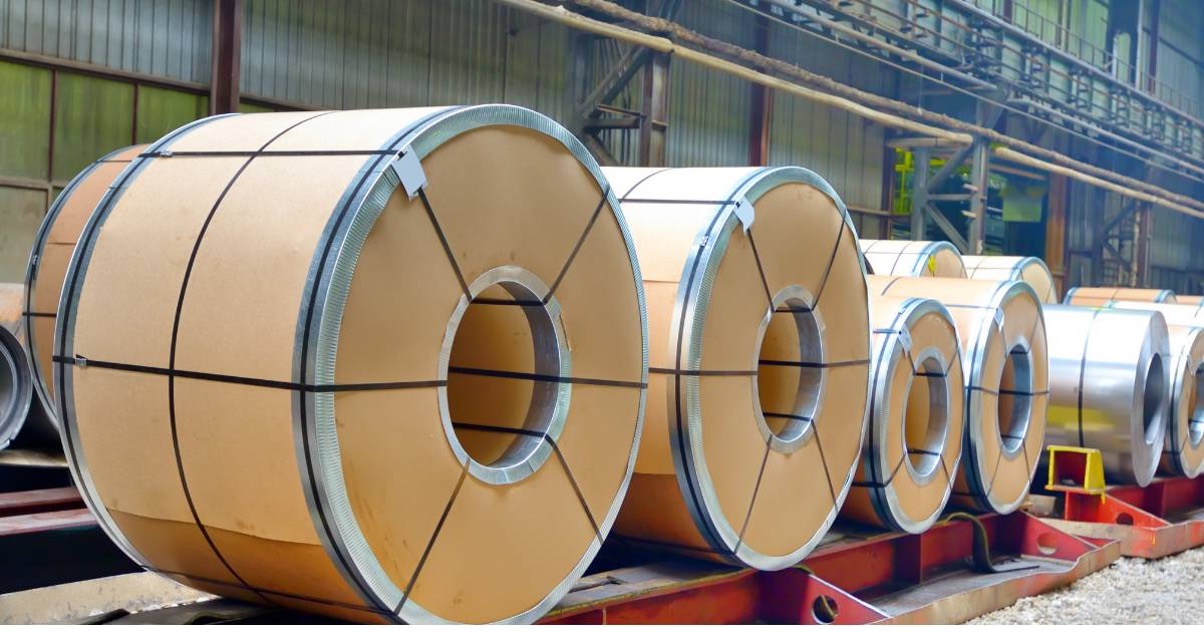
Aluminum is renowned for its lightweight nature, a pivotal characteristic in industries such as aerospace, automotive, and construction. Aluminum shapes offer substantial strength without adding excessive weight, making them highly prized. This lightweight property translates into reduced energy consumption in transportation applications and facilitates easier handling during construction and manufacturing processes. As sustainability and energy efficiency continue to drive innovation, the inherent weight advantage of aluminum shapes underscores their growing preference in modern design and engineering.
Aluminum’s inherent resistance to corrosion is a significant advantage for both its longevity and appearance. Upon exposure to air, aluminum naturally forms a thin oxide layer that acts as a protective barrier against rust and deterioration. This characteristic makes aluminum shapes highly suitable for environments prone to moisture or chemicals, including marine structures, outdoor architectural elements, and industrial equipment. By utilizing aluminum shapes, industries can achieve extended component lifespans, reduced maintenance costs, and consistent performance over time.
Aluminum’s exceptional malleability and ductility enable it to be crafted into a diverse range of profiles, spanning from standard beams and angles to intricate custom extrusions. This flexibility ensures that designers and engineers have a vast array of options to fulfill precise project requirements. Whether designing a distinctive facade for a building, engineering a specialized component for machinery, or incorporating a decorative element into furniture, aluminum shapes can be tailored to meet both functional and aesthetic demands, highlighting the material’s adaptability.
Despite potentially higher initial costs compared to other materials, aluminum often yields long-term cost savings due to its numerous benefits. The lightweight nature of aluminum shapes can reduce expenses in transportation and handling. Its natural corrosion resistance reduces the necessity for frequent replacements or maintenance. Additionally, aluminum’s high recyclability contributes to sustainability efforts, potentially lowering costs related to environmental compliance and green initiatives. In various applications, aluminum shapes prove to be an economically prudent choice when considering lifecycle costs.
As industries progress, there is a continuous drive to innovate stronger, lighter, and more durable materials, and aluminum is at the forefront of these advancements. Researchers and metallurgists are actively exploring new alloy compositions to enhance aluminum’s inherent properties. By incorporating elements such as silicon, magnesium, or zinc in innovative ways, future alloys may exhibit enhanced strength, improved heat resistance, or greater flexibility. These developments are poised to revolutionize the types and applications of aluminum shapes, enabling their use in more rigorous environments and pioneering applications that were previously beyond reach.
3D printing has revolutionized the manufacturing process by changing how objects are created. With the introduction of aluminum 3D printing, there is significant potential for a transformation in the production of custom aluminum shapes. This technology enables the fabrication of intricate designs with high precision, eliminating the need for molds or dies. As 3D printing technology advances and becomes more accessible, there is a foreseeable future where custom aluminum shapes can be printed on demand, thereby reducing waste and lead times. This innovation has the potential to particularly revolutionize industries that require bespoke components or engage in short production runs, offering unparalleled design flexibility and efficiency.
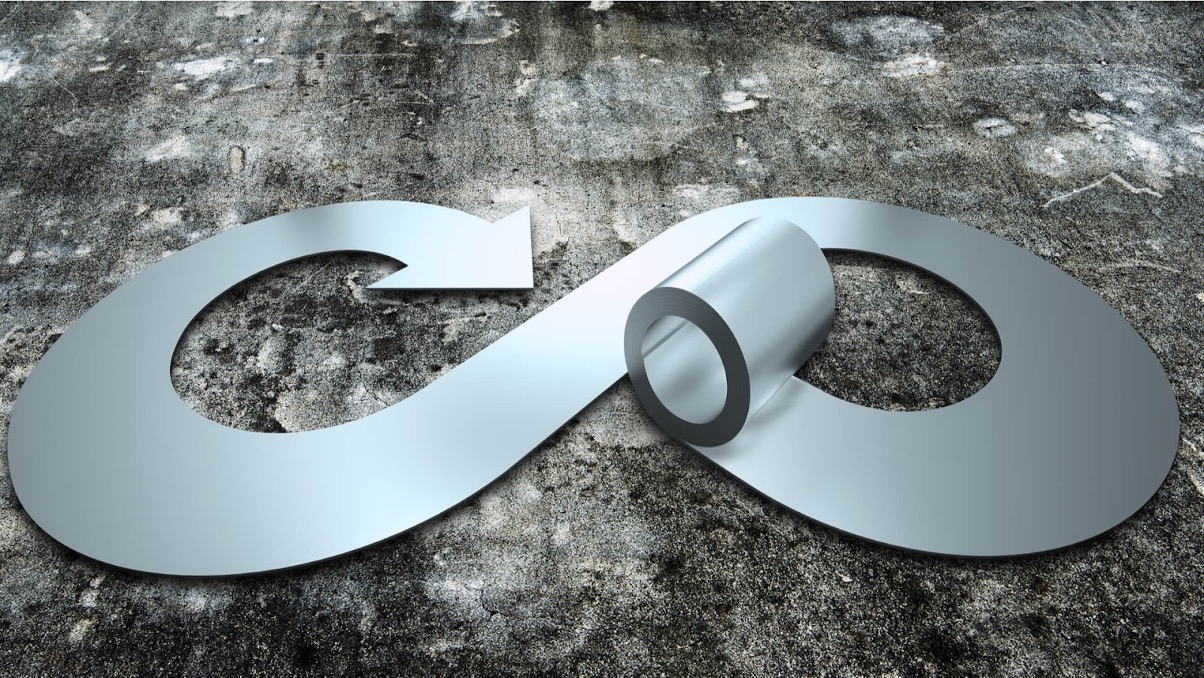
The global emphasis on sustainability is reshaping material preferences towards those with minimal environmental impact, and aluminum stands out prominently. Its high recyclability makes it a sustainable choice in manufacturing. Current trends indicate a shift towards more sustainable mining and production methods, alongside a heightened emphasis on recycling used aluminum products.
This method conserves valuable resources and utilizes only 5% of the energy needed for primary aluminum production. As recycling technologies advance, we anticipate an increasing proportion of aluminum shapes being sourced from recycled materials. This aligns with global sustainability objectives, significantly reducing the carbon footprint associated with aluminum production.
Embracing the dynamic realm of aluminum demands informed selection practices grounded in thorough project insights and environmental imperatives. As industries advance, there exists a pivotal opportunity to explore innovative alloy formulations and state-of-the-art manufacturing methodologies. By melding traditional best practices with the exciting avenues of research and development, the road ahead holds promise for a seamless integration of heritage and pioneering advancements in aluminum applications.
In conclusion, aluminum shapes have carved a pivotal role across industries, driven by their exceptional properties of lightweight strength, corrosion resistance, and recyclability. As technology progresses, from advanced alloy developments to transformative 3D printing capabilities, the future of aluminum shapes appears boundless. Embracing sustainability through efficient recycling and eco-conscious practices further enhances aluminum’s appeal. With these advancements, the versatility and reliability of aluminum shapes continue to evolve, promising innovative solutions that meet both present and future demands in construction, transportation, aerospace, and beyond.
EXPLORE MORE
Address
Website: https://stavianmetal.com
Email: info@stavianmetal.com
